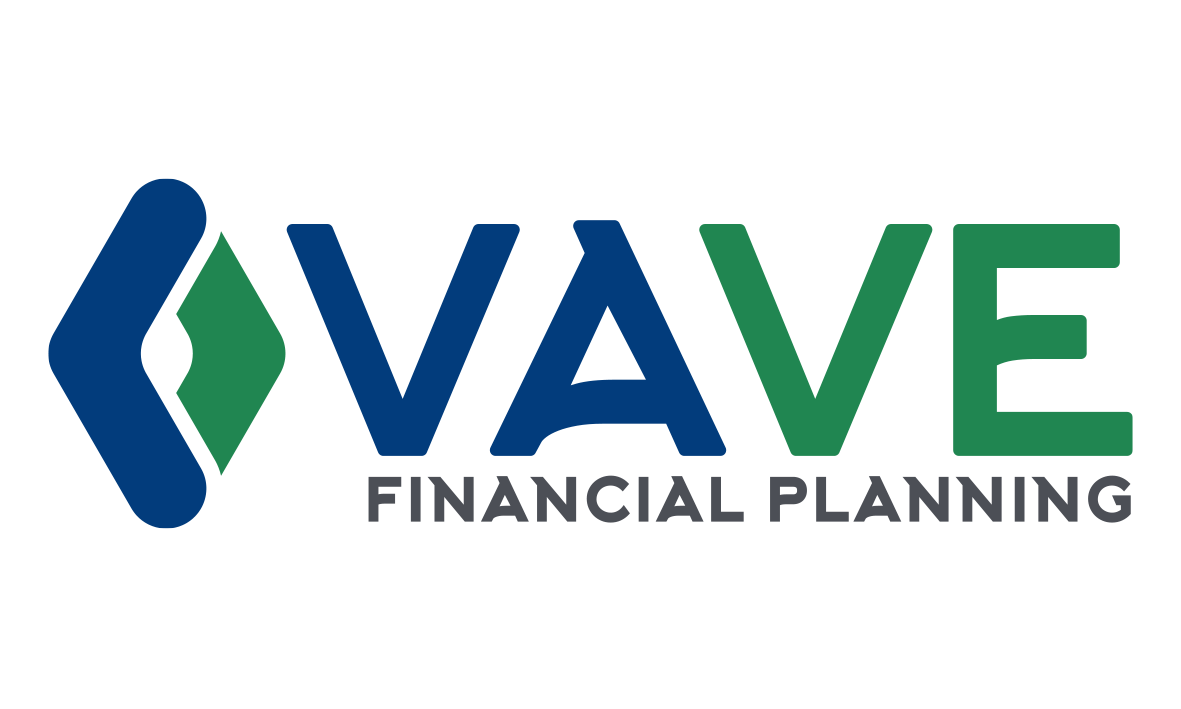Take the stress out of investing and sit back and relax…. by investing passively in index funds.
Investing can be stressful. What stock do I pick? Should I sell now? Should I buy now? What’s my strategy? Is my portfolio beating the market? How much am I paying in fees?
Use an indexing strategy to help take the stress out of investing:
1) Find something that’s easy to set up and easy to maintain
2) Keep it low-cost
3) Invest in index funds to achieve market returns (as opposed to actively trying to beat the market)
I recommend building a portfolio of Index ETFs (Exchange Traded Funds) that each hold a basket of stocks which tracks major indices (like the S&P 500 or TSX) at very low cost.
Here are 3 options:
Option 1: Buy Index ETFs with a Discount Brokerage (~0.15% Fee)
Model Growth Portfolio
This consists of opening up a brokerage account (like BMO Investorline or TD Waterhouse), then buying ETFs. A typical growth portfolio consists of 25% Canadian Index, 25% US Index, 25% International, and 25% Fixed income. You can re-balance regularly, maybe semi-annually.
You can choose your own desired ETFs (iShares, BMO, and Vanguard are the largest providers in Canada).
PROS:
Low cost (fee roughly 0.15%)
Greater control over ETF selection
Can be more tax efficient if held across multiple accounts (RRSP, TFSA, Non-registered)
CONS:
Steep learning curve
Trading fees to buy and sell ($10) - not optimal for small regular contributions
Need to keep track of asset allocation and re-balancing portfolio on your own
Option 2: Buying an All-In-One Asset Allocation ETF (0.22% Fee)
In January 2018, Vanguard released the first all-in-one asset allocation ETF. Instead of buying 4 or 5 ETFs and managing and re-balancing the portfolio yourself, you can buy one ETF which accomplishes the same thing (achieving near market returns).
PROS:
No need to keep track of ETFs and rebalance on your own
Fees pretty low (0.22%)
Simplified solution
CONS:
Slight learning curve with opening up discount brokerage account and implementing trades
Trading fees ($10), not optimal for small regular contributions
Option 3: Using a Robo-advisor (~0.5% Fee + ~0.15% ETF Fee)
Robo-advisors are relatively new to Canada but are making a lot of waves in the industry as investors seek low cost solutions. Robo-advisors will take your portfolio and invest it into a pre-determined mix of index ETFs based on your goals and risk tolerance, and do all the re-balancing for you. These accounts are easy to set up and relatively low cost.
PROS:
Very easy to use
Helps you create an appropriate portfolio
Automatic re-balancing
No trading fees, ability to make smaller automatic contributions
CONS:
Higher cost than buying your own ETFs (an extra ~0.5%)
Less ability to customize ETF portfolio
If you’re unsure about how you’re currently invested and they fit in with your family finances, book a free no obligation consult with me. I also do investment portfolio reviews!

